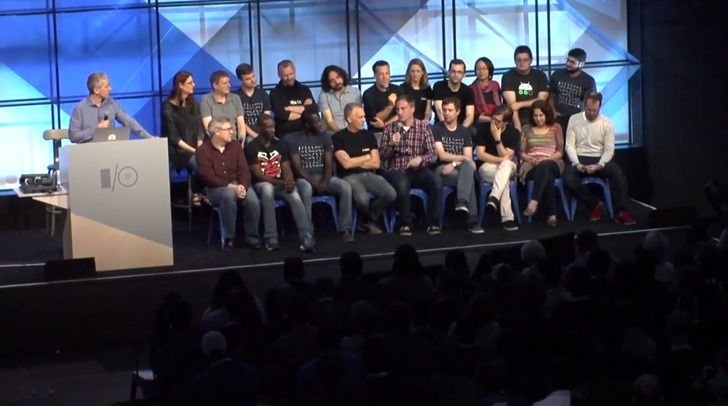latest

Most of video game history has been an ongoing quest for better graphics and faster processing. Early video games made little effort to endeavor towards life-like verisimilitude because the hardware power to render life-like images didn't exist on a consumer scale. As hardware advanced, so did the ambition of game developers. What was once considered impossible for home gaming is now a fact of life.
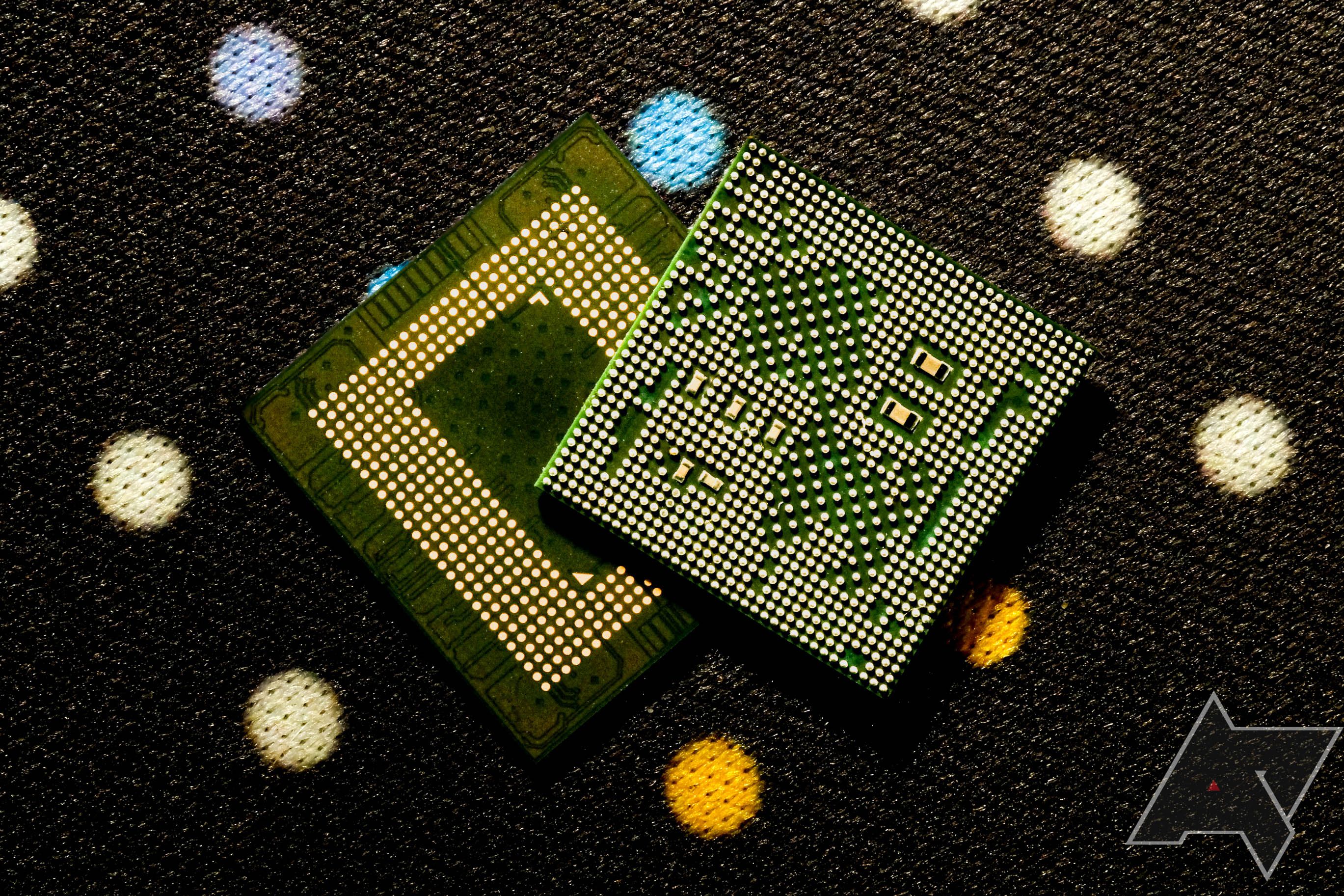
ARM's new mobile GPU will bring hardware ray tracing to smartphone gaming
The company also revealed CPU designs like the big new Cortex X3 and other lower-end GPU improvements
Not everyone is aware of the complex technical lineage involved in the parts nestled inside their smartphone, even if they know of names like Qualcomm or MediaTek and the chips these companies make. Basically all consumer Android devices use a CPU design and architecture created by a company called ARM, tweaking and customizing bits as they see fit. Today ARM announced its new CPUs and GPUs, which, over the next year or two, will trickle down into actual hardware released by chipset manufacturers and eventually end up in a phone you see online, on a store shelf, or maybe in your pocket. And by far the biggest announcement is ARM's new GPU, which supports hardware ray tracing — a feature mostly limited to recent game consoles and high-end desktop GPUs, though Samsung beat ARM to it.
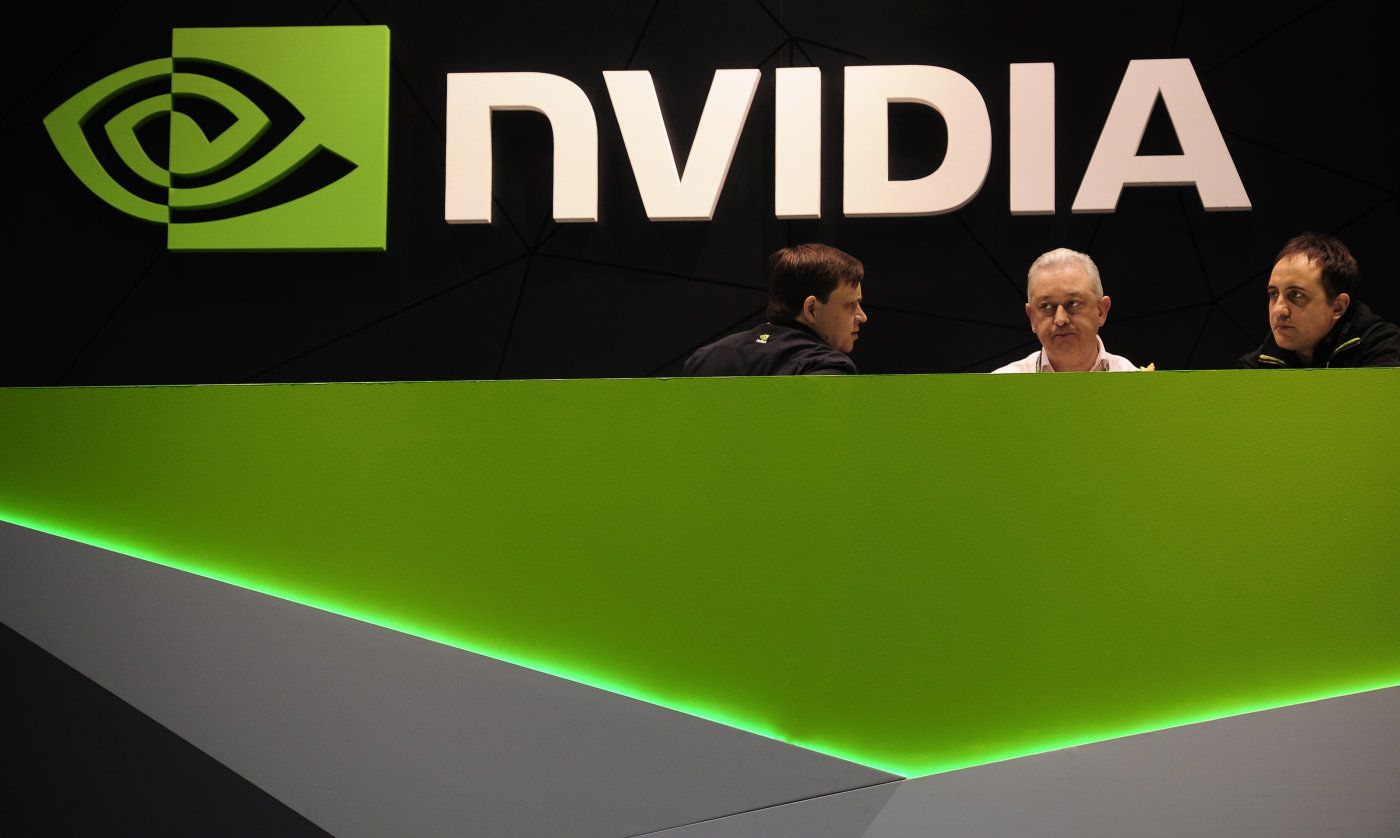
In late February, the cyber gang calling itself Lapsus$ broke into Nvidia's internal network and managed to steal a lot of sensitive data, from hashed login credentials to critical trade secrets behind the company's chips. The hackers demanded Nvidia remove the lock on its newer GPUs that automatically slowed them down when mining cryptocurrency and was given until March 4 to comply — or Lapsus$ would release those trade secrets. The cybercriminals have started making good on their threats, and now the fallout from their data dump threatens to help malware avoid detection.
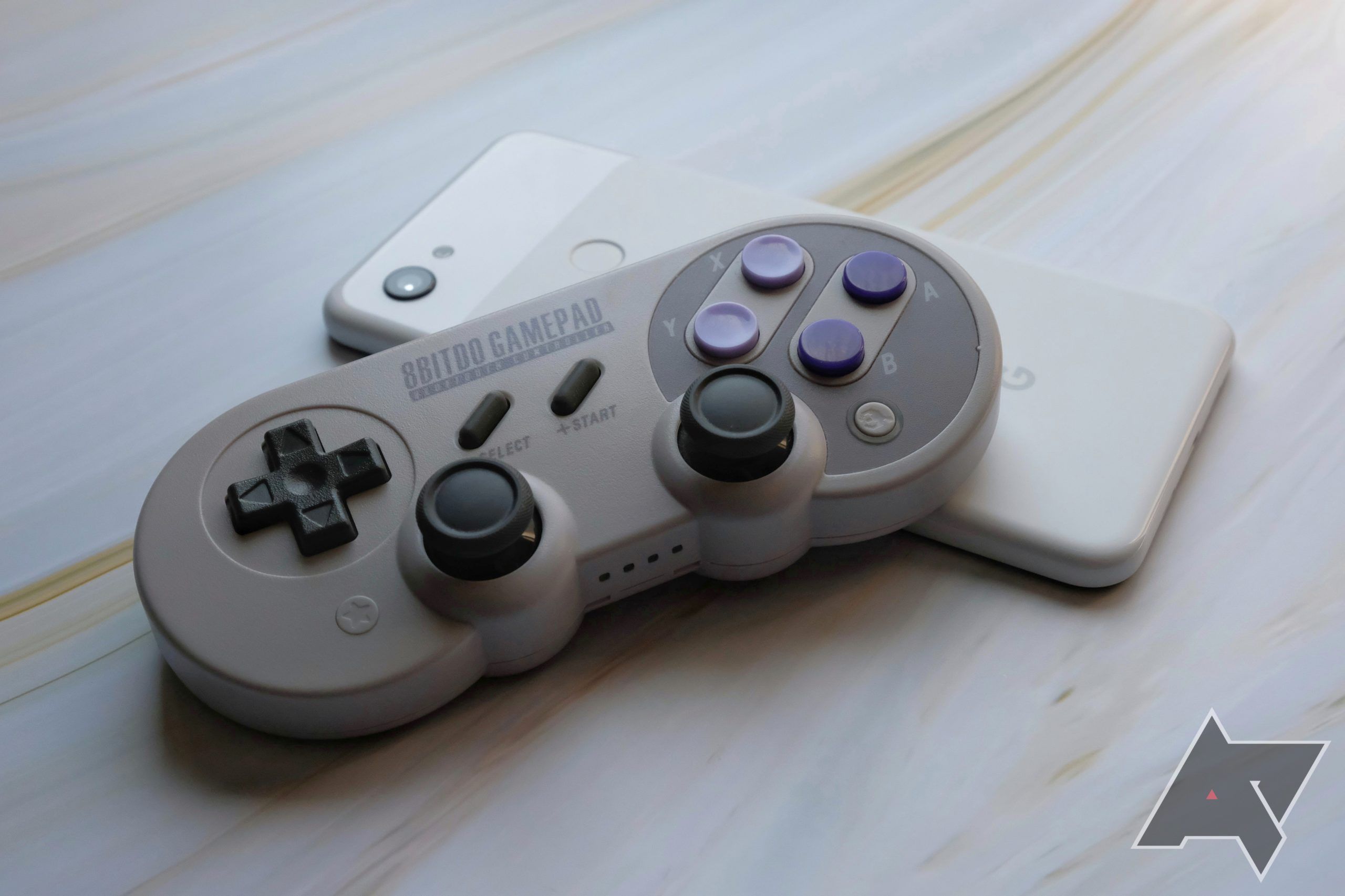
How game emulators learned to teach old smartphone GPUs new tricks
The developers behind Skyline, a Nintendo Switch emulator, came up with a clever idea to get the tools they needed
Android's dirty F-word, "fragmentation," may not get as many irate headlines or clicks as it once did, but it remains an issue in a thousand tiny ways. As pointed out by Esper.io's Mishaal Rahman in a recent (and exquisite) newsletter, one of those issues is GPU drivers, simply because of how Android works.
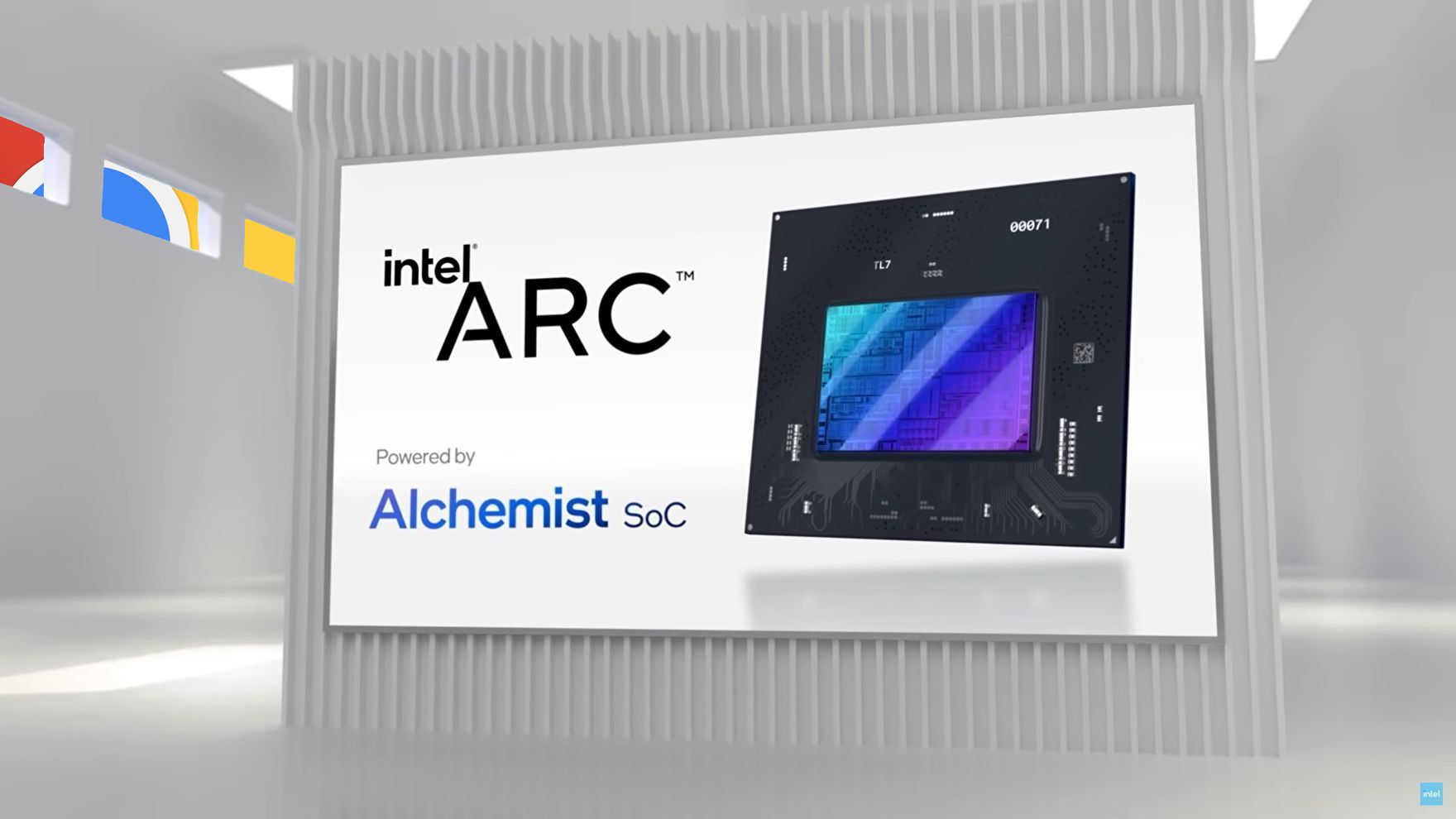
Chromebooks with Intel dGPUs might be on the horizon
Chromebooks for hardcore gamers may soon be a reality
Every day we inch closer to an official release of Steam on Chromebooks. But as intriguing as that sounds, Chromebooks have a reputation for being mainly productivity laptops — are they even built to handle the demands of hardcore gamers? Well, with modern AMD and Intel integrated graphics, lower-end gaming is already a reality. For newer and more intensive games like Forza Horizon 5, though, there’s still a lot left to be desired. Luckily Intel has a solution up its sleeves that sounds like it might be just the trick — Intel Arc Alchemist dGPUs could be coming to Chromebooks near you.
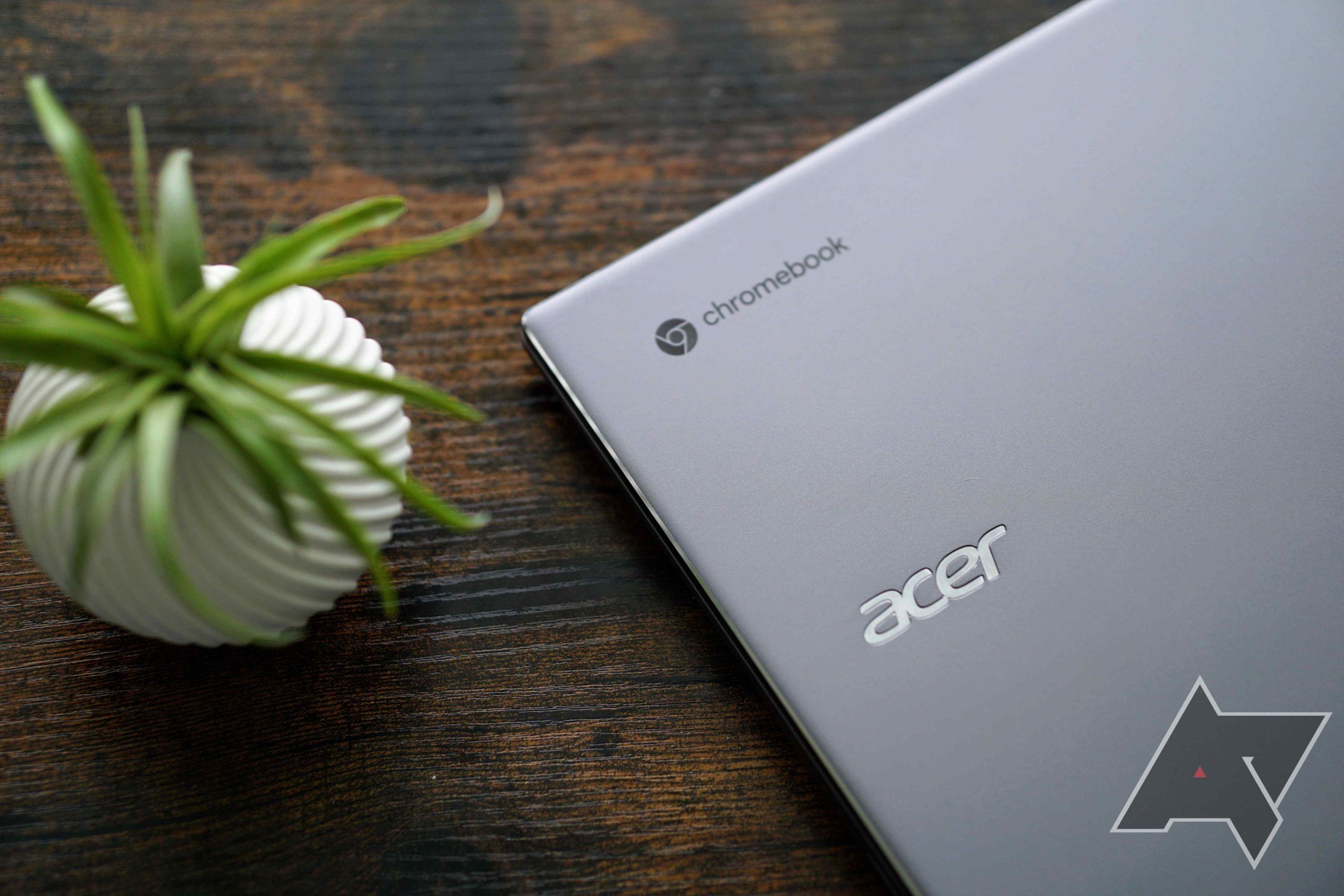
Your next Chromebook might come with a dedicated GPU
Not a huge, powerful one — keep it in your pants, scalpers
Chromebooks have a reputation as low-power, low-cost machines. That isn't always true, but up to now there hasn't been much reason to push them out of that broad category. Reports indicated that at least one new model coming down the pipe will arrive with a dedicated graphics card, something that the platform has been lacking so far.
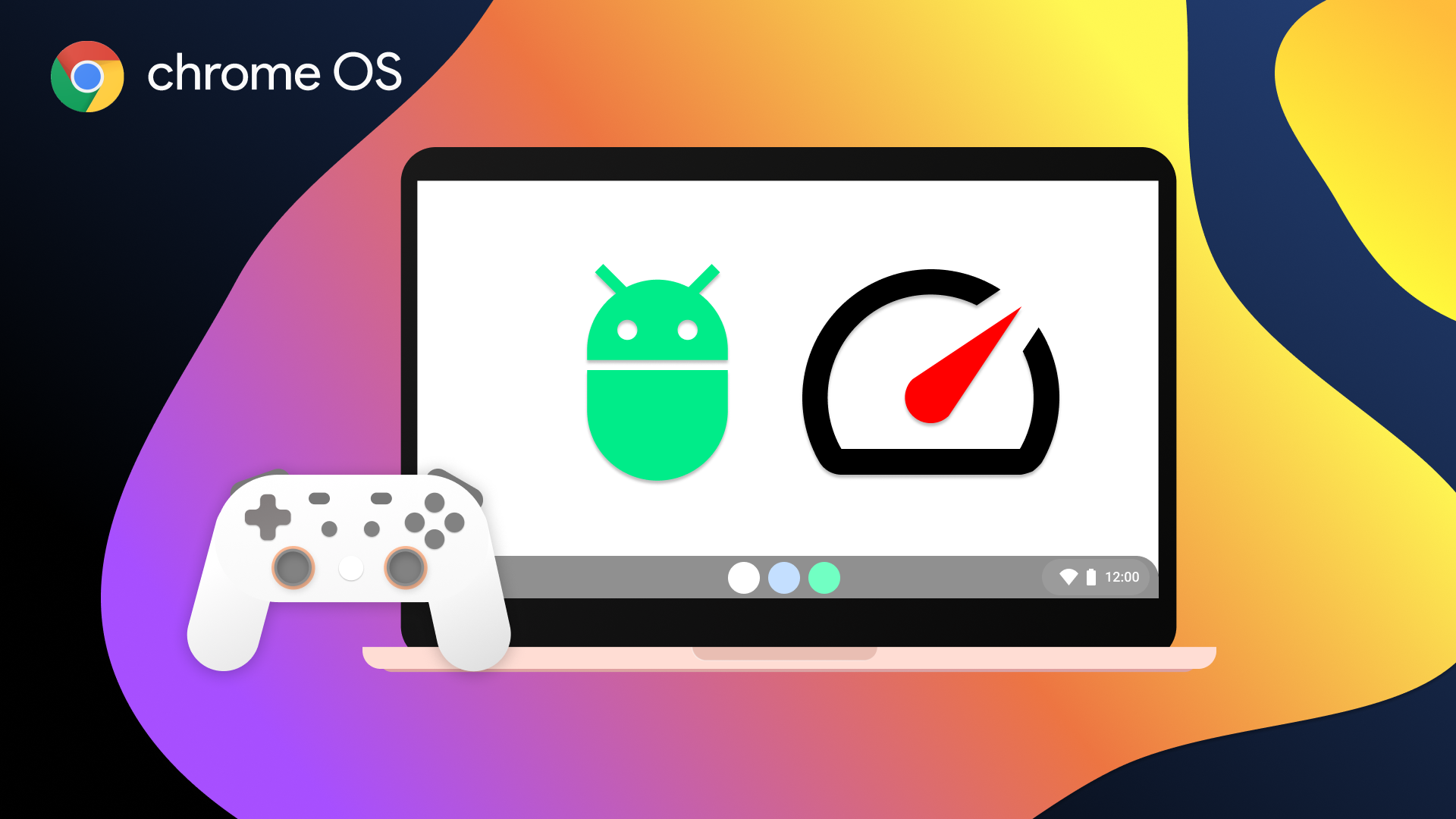
This small change could help with poor framerates in games on Chromebooks
A new change may make slow games feel a lot more responsive
Chromebooks are no ordinary machines: they're powered by Google's Chrome browser, offering a speedy, simple, and secure web surfing experience. The experience is also a lot more versatile than its "Chrome OS" moniker implies, leveraging a slew of virtualization technologies so you can enjoy using Android and desktop Linux apps on your Chromebook. The added security benefits from virtualization comes at a penalty of less efficiency — Google's implementation is no exception. Thankfully, Google has been working hard to mitigate the performance hit, and in a future update, Android games will start running even more smoothly.
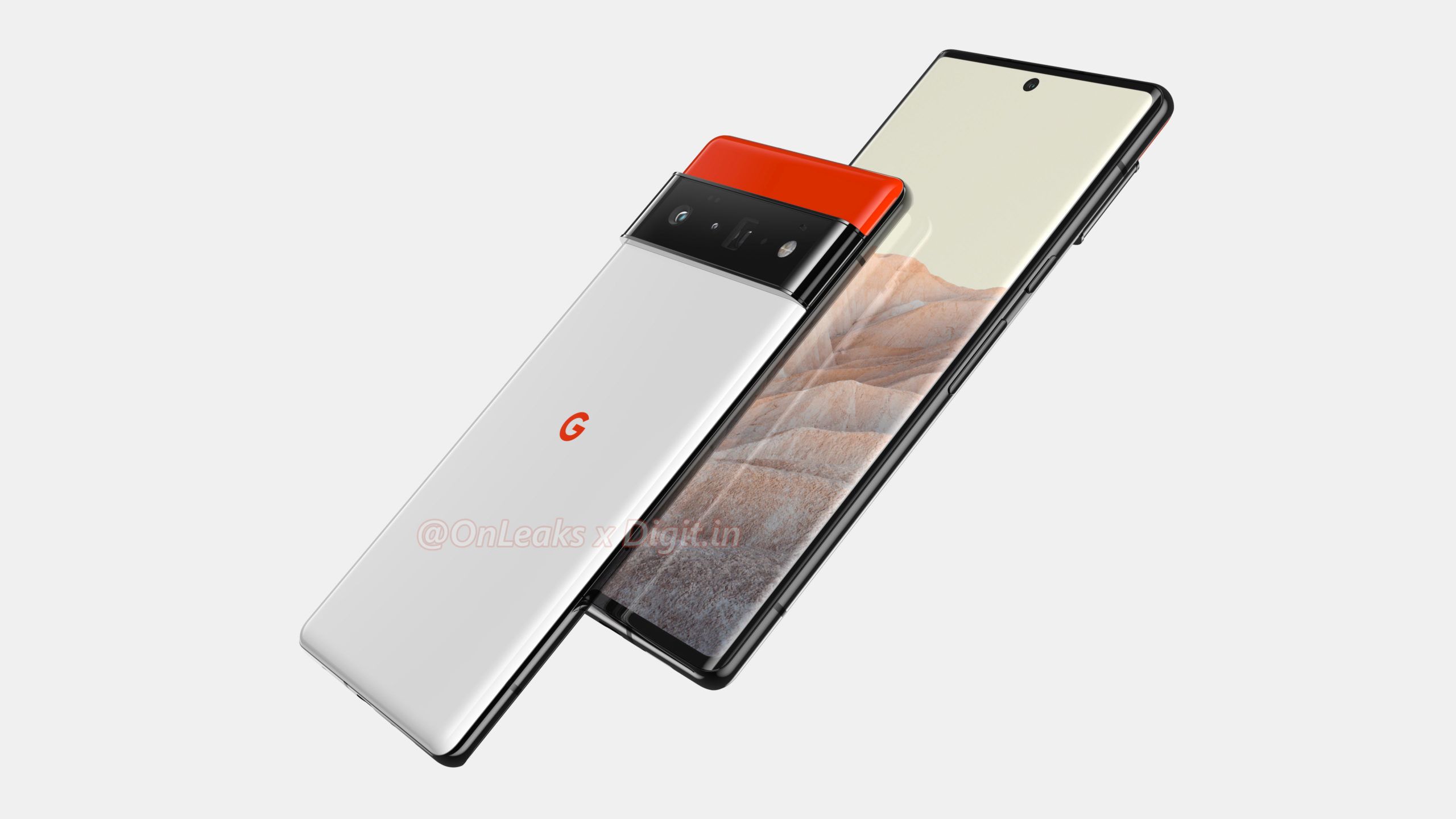
Pixel 6 looks to have true flagship-level GPU
The GPU in question is also used in the Exynos Galaxy S21
The Pixel 5 was somewhat of a disappointment in the performance department. At $700, it was $100 cheaper than the Pixel 4, but its performance really seemed more reminiscent of $300-400 mid-range phones than other $700 phones with more upmarket CPUs and GPUs. Thankfully, Google seems to be addressing that shortcoming with the Pixel 6, using a high-end Mali-G78 GPU.
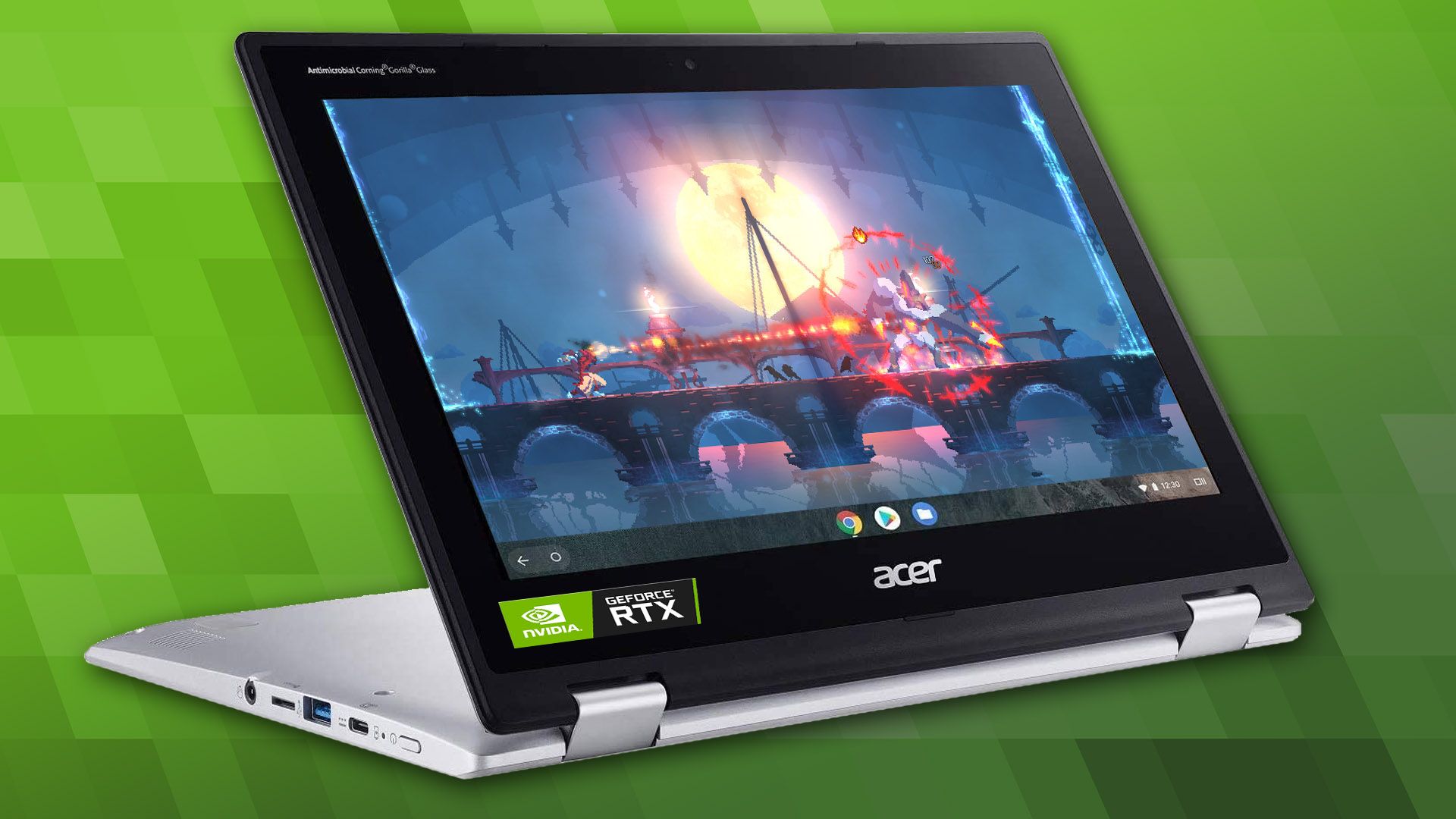
New Nvidia partnership could hint at Chromebooks with RTX graphics
Reference designs are being made with MediaTek for laptop manufacturers, including Chromebooks
Nvidia hasn't exactly set the world on fire with its Tegra line of Arm-based mobile processors. Outside of its own excellent SHIELD hardware (and notably the Nintendo Switch), it's basically dead. But the company is hoping to breathe new life into its Arm ambitions by doubling down on what it does best: graphics. In a press release, Nvidia announced that it's working with major chip supplier MediaTek to combine Arm-based architecture with its RTX line of graphics cards.
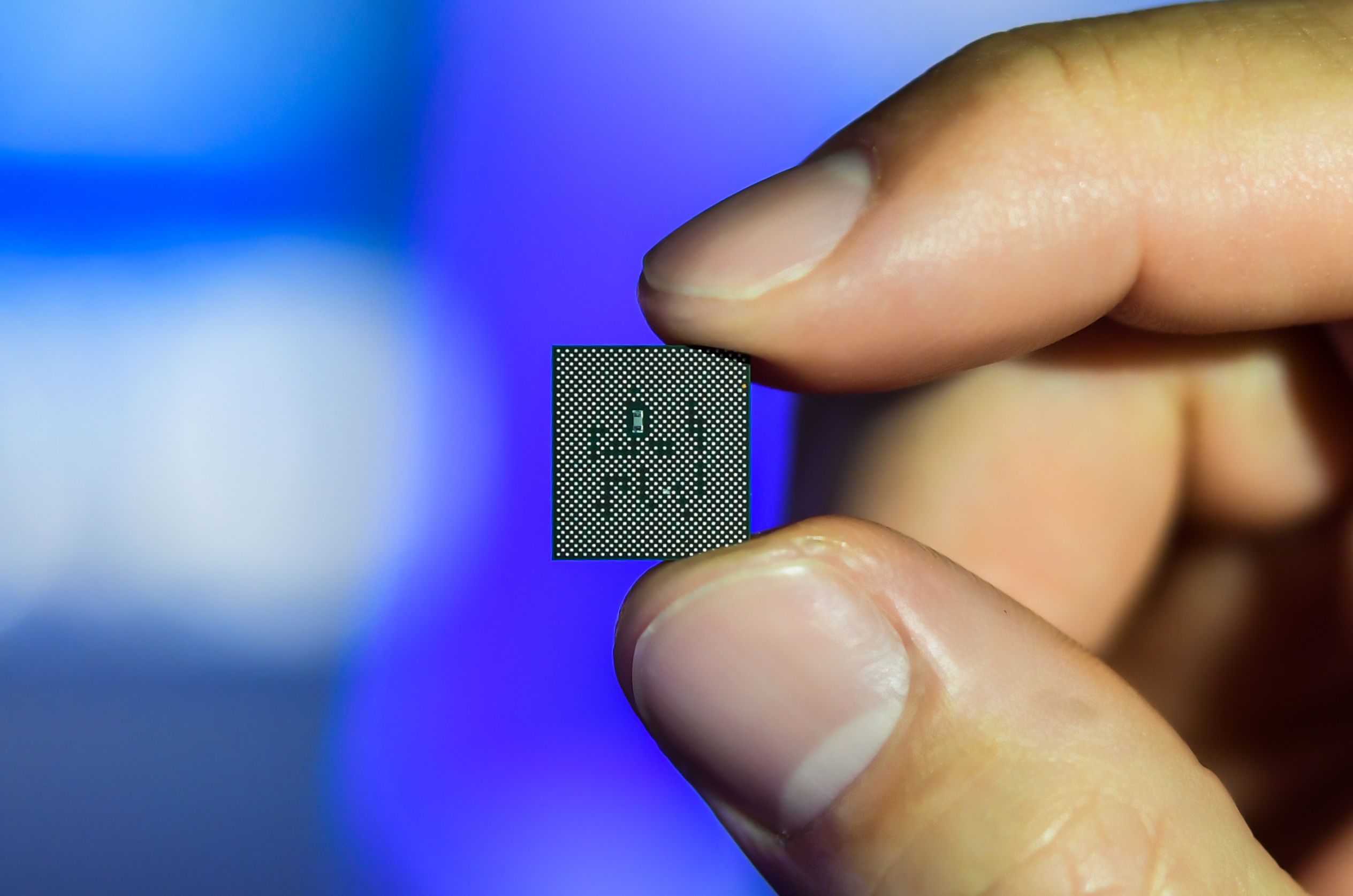
Read update
- Our coverage has been updated to include Google's first announcement of GPU driver updating through app stores from 2017, which also predates Project Mainline.
Late last year, Qualcomm told us that GPU updates through the Play Store would be possible, starting with its new Snapdragon 865 chipset. According to XDA Developers, Xiaomi is the first company to have accomplished the feat, rolling out a GPU driver update for its Snapdragon 865-powered devices through its Chinese app store.
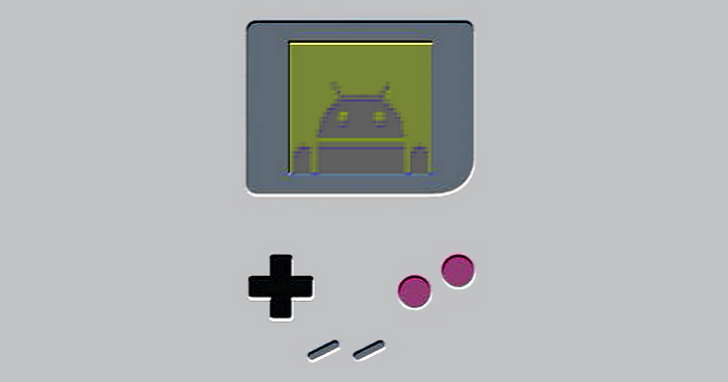
Read update
Updating the graphics drivers on your smartphone isn't something you think about, because it isn't something you have much of any control over. That's because, for now, those driver updates generally only come alongside larger OS updates that your phone receives once a year (if you're lucky). With the Snapdragon 865, that's about to change, likely thanks to the changes Google has made to Android with Project Mainline, announced at Google I/O earlier this year.
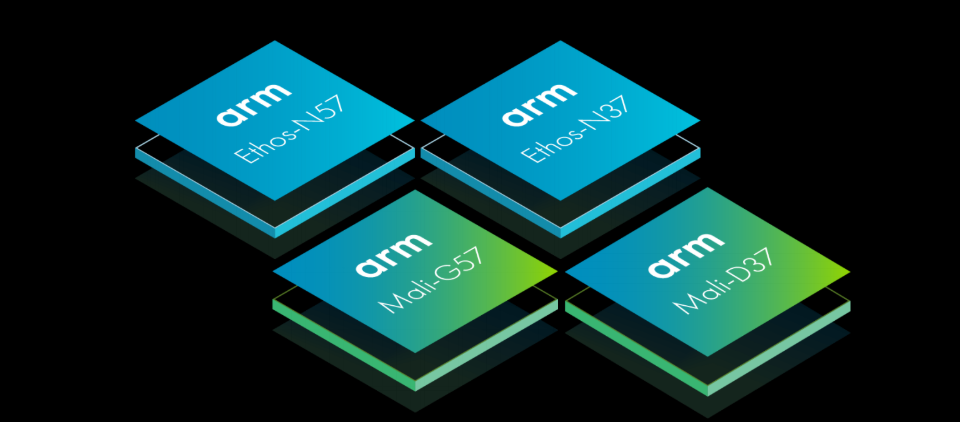
Today ARM has announced four new IP designs for the mainstream market that promise to improve users' experience in several ways: faster and more responsive smart assistants, higher performance and longer-lasting mobile gaming, and display technology in various sizes with sharper visuals and better performance.
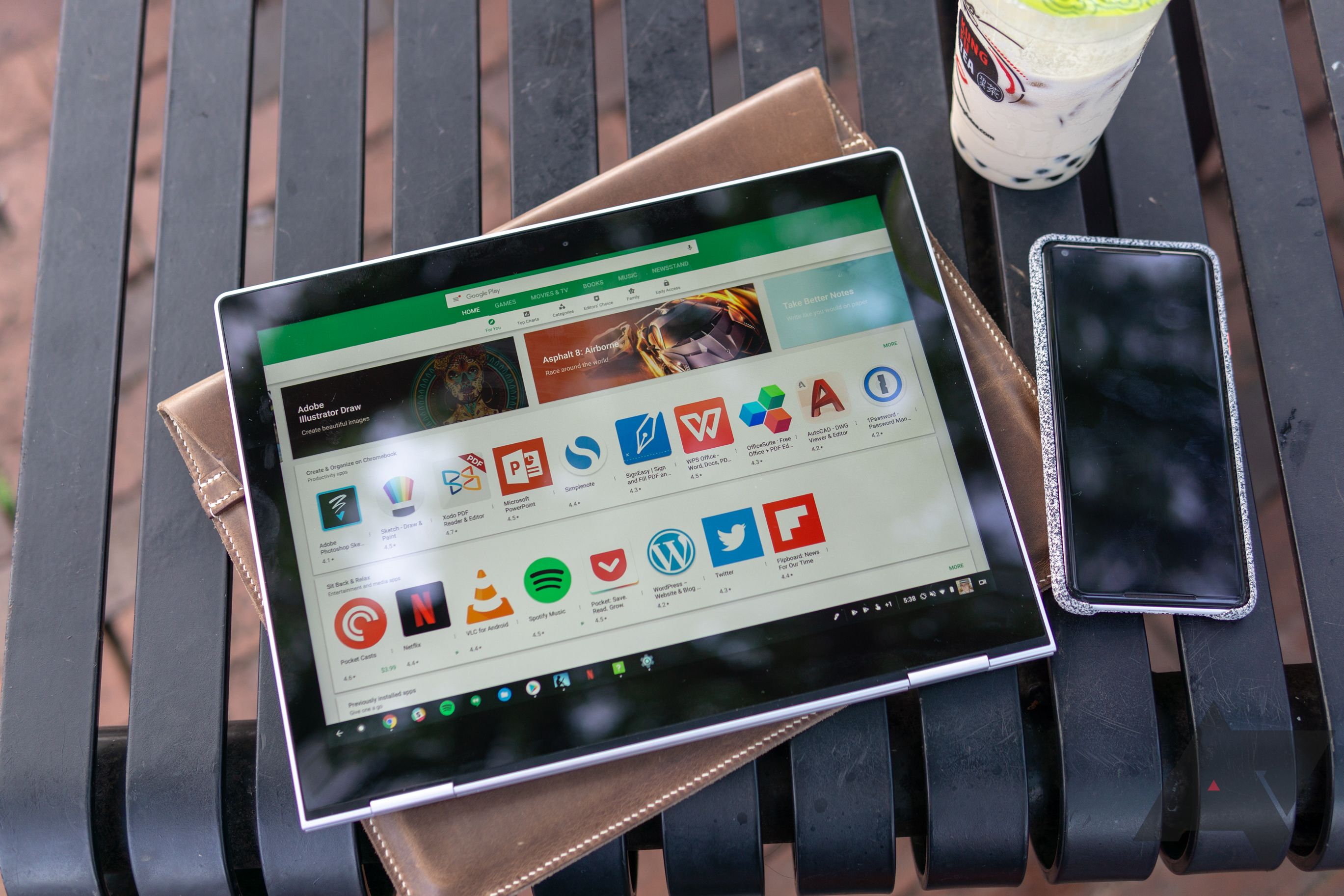
There are two major limitations to running Linux applications on Chromebooks — audio doesn't work, and graphics aren't accelerated. Google originally aimed to fix these issues in Chrome OS 71, but that didn't happen. Thankfully, GPU acceleration is a bit closer to reality, according to a series of commits to the Chromium Gerrit.

In all of the Android 9 Pie news yesterday, this little bit slipped under the radar. Google wasn't completely wrapped up in announcing and releasing the latest version of Android; no, it was also acquiring a small company that could benefit our favorite operating system, just not in a truly user-facing way (unless we want to get really technical). GraphicsFuzz, a three-man firm based in the UK, is joining the Android Graphics Team to improve GPU security and driver stability going forward.
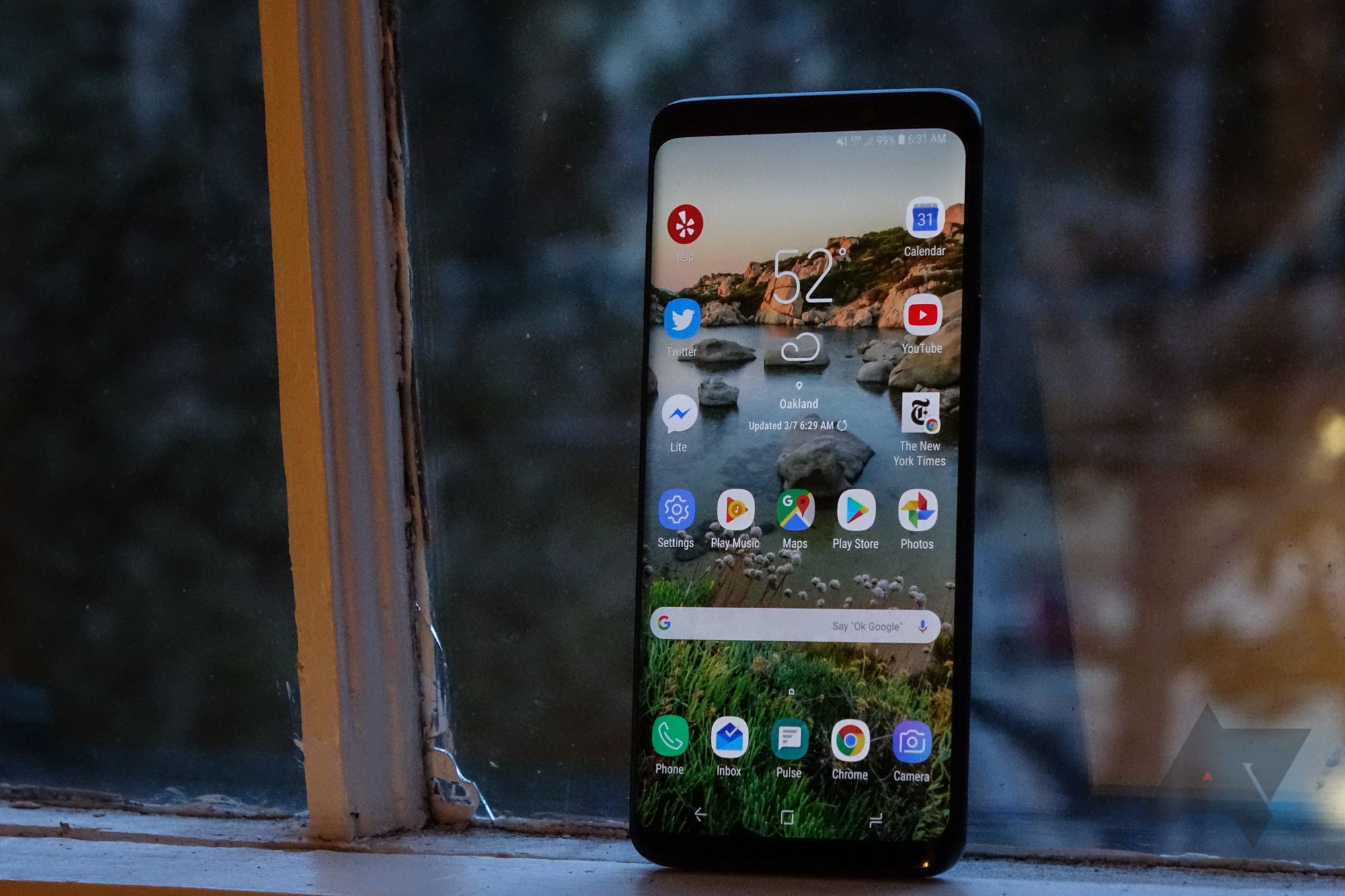
While Samsung's devices in North America have used Snapdragon processors for years, the company also develops its own Exynos processors for international models. But when it comes to graphics, Samsung still uses ARM's 'Mali' GPU family across all its phones and tablets. According to a new job listing on LinkedIn, Samsung wants to develop its own GPUs for a wide range of devices - including phones.
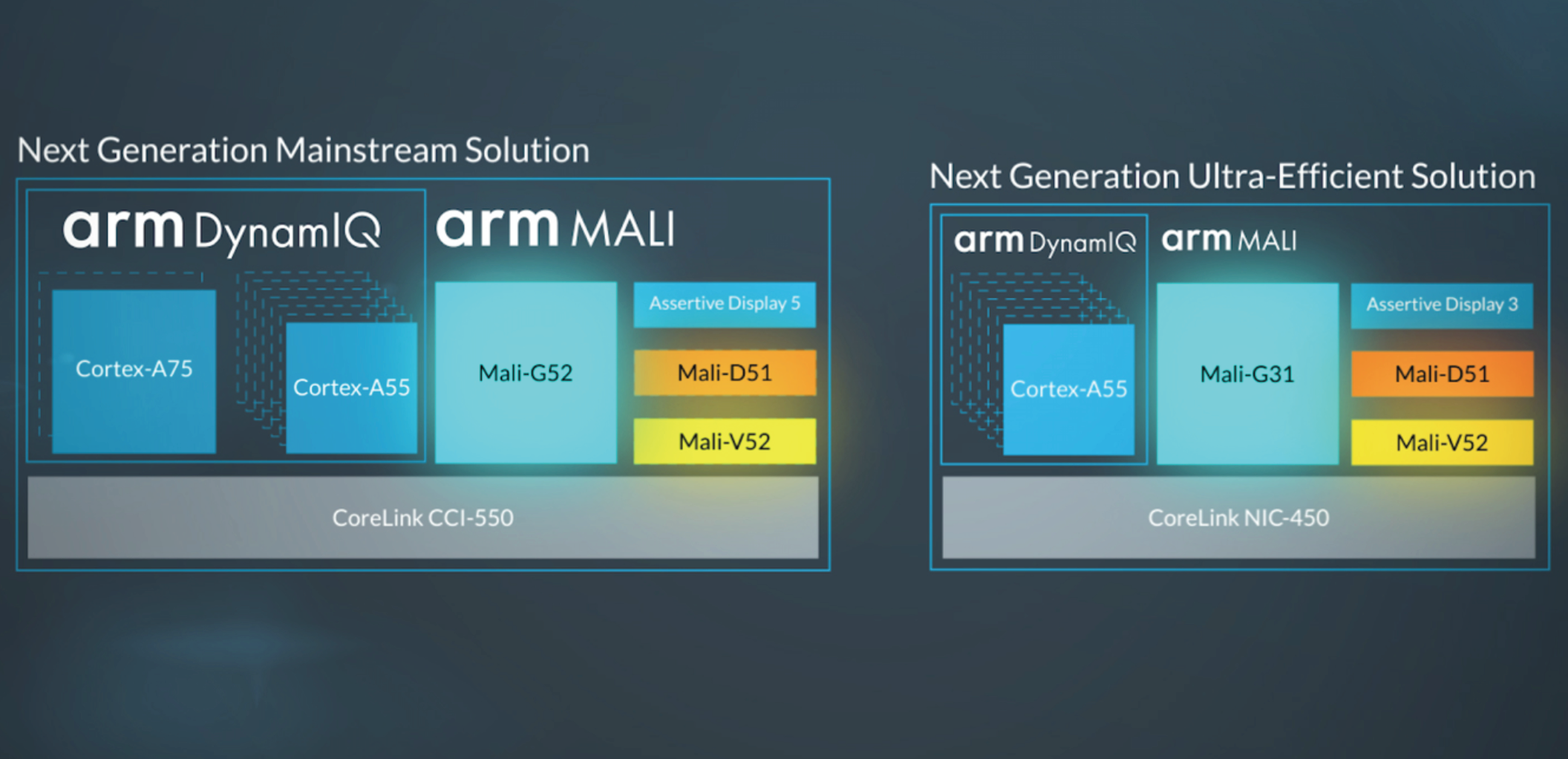
Today ARM has announced its new Mali G52 and G31 GPU designs, respectively targeting so-called "mainstream" and high-efficiency applications. The bigger G52 will someday make its way into more demanding use cases like TVs and high-end phones, where its 3.6x performance improvements in machine learning/AI workloads can be appreciated, while the G31 brings ARM's Bifrost architecture, Vulkan and all, to a more affordable level.

Earlier this month, I wrote about possibly the worst benchmarking application I had ever seen, 'Nenamark.' But Geekbench has come to save the day, bringing their Geekbench 4 benchmarking utility to Android. Geekbench is another cross-platform benchmarking program, so you can compare your results to a wide range of devices.

Benchmarking applications like 3DMark and PassMark are great for scoring the graphics or computational power of a given device. Nenamark 2 was a popular choice for benchmarking graphics back in the day, and five years after Nenamark 2 launched, Nenamark 3 has arrived. It's not clear why.

Have you recently stopped to think about what modern smartphones can do? It's amazing how much power is packed into these small little devices that we carry around all day, and it's even more amazing that most of that power resides in teeny tiny chips that are lodged somewhere between the huge screen and the big battery.











